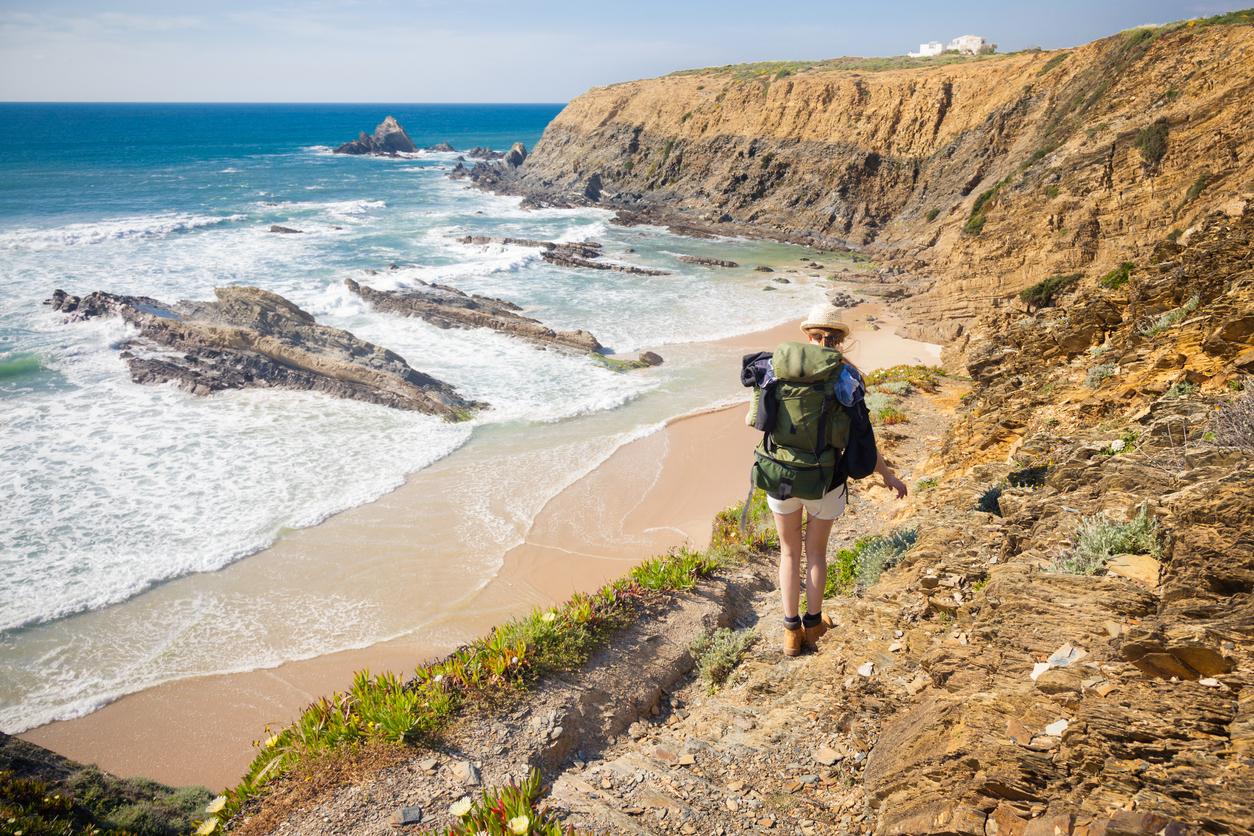At the end of COP 27 in Sharm el-Sheikh in Egypt, scientific projections concerning global warming are increasingly pessimistic. The disappearance of glaciers and the rise of water levels have become inevitable and the melting of permafrost more and more likely.
A report unveiled at COP 27 revealed alarming projections about melting ice. By the end of the century, the oceans are expected to rise by one meter around the islands of the Pacific and the Indian Ocean. By way of comparison, the average level of the seas and oceans had risen by around 23 cm in one century (since the end of the 19th century). The phenomenon has therefore accelerated significantly over the past 25 years.
The situation is so desperate that, in a video addressed to the COP, a minister from the Tuvalu islands announced that his country would become the first nation to integrate the metaverse. The goal being to preserve history and culture of the archipelago, threatened with extinction in the face of this rise in sea level.
Melting ice and rising waters
This inexorable rise in water levels in the seas and oceans is one of the direct consequences of rising temperatures. In the projections indicated, in the event of a sharp rise, from +4 to 5°C, the level of the oceans could rise by two meters by the end of the centurytwice as high as previous IPCC forecasts.
Is there still time to act? If the increase in temperatures is controlled (from +1.6 to 1.8°C), the rise in sea and ocean levels could be limited to 50 cm by the end of the century. Although ice sheet loss is inevitable once initiated, it can be slowed to occur on longer timescales if temperatures remain near 1.5°C. This would give coastal residents more time to adjust to sea level rise.
But the efforts required are considerable. It should halve CO2 emissions by 2030, and reduce them to 0 by 2050. The message from scientists is clear: there is little time left to act.
Another disturbing phenomenon revealed by scientists in this report: the total disappearance of ice in the Arctic Ocean during the summer. Scientists now believe that it is inevitableand likely to occur at least once before 2050, even under a very low emissions scenario.
The disappearance of glaciers
In the mountains, the fate of glaciers is the same as at sea. Many of them are brought to disappear completelyas in the north of the Andes, in East Africa, in Indonesia… Also, the ice should completely disappear from the Pyrenees in the coming decades.
Precipitation will increasingly be in the form of rain in the mountains, not snow. In some regions, the impacts of melting glaciers and snowmelt on the freshwater availability will inevitably participate in increasing tensions and conflicts related to water resources.
In France, if considerable efforts are made to limit emissions, some glaciers in the Alps could resist and even regain density from 2100.
Can permafrost hold?
Finally, the report also mentions the phenomenon of the melting of certain permanently frozen lands, permafrost. If their melting seems less of a concern than those of glaciers at sea or in the mountains, it could be catastrophic. These soils are highly concentrated in CO2 and in methane. By releasing an astronomical quantity of these greenhouse gases into the air, they would contribute to further accelerating global warming, and forming a veritable vicious circle.
The only means at our disposal to minimize these risks is to retain as much permafrost as possible in its current state (i.e. frozen), maintaining the global temperature at 1.5° C, in the areas concerned: Alaska, Canada, Russia and the Arctic.

















